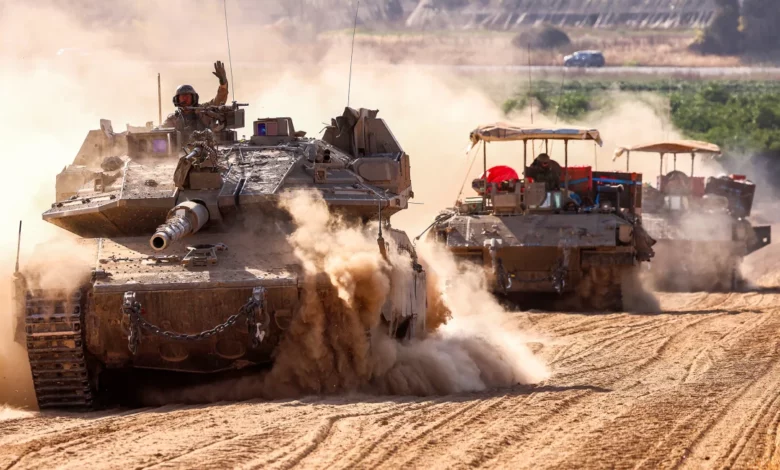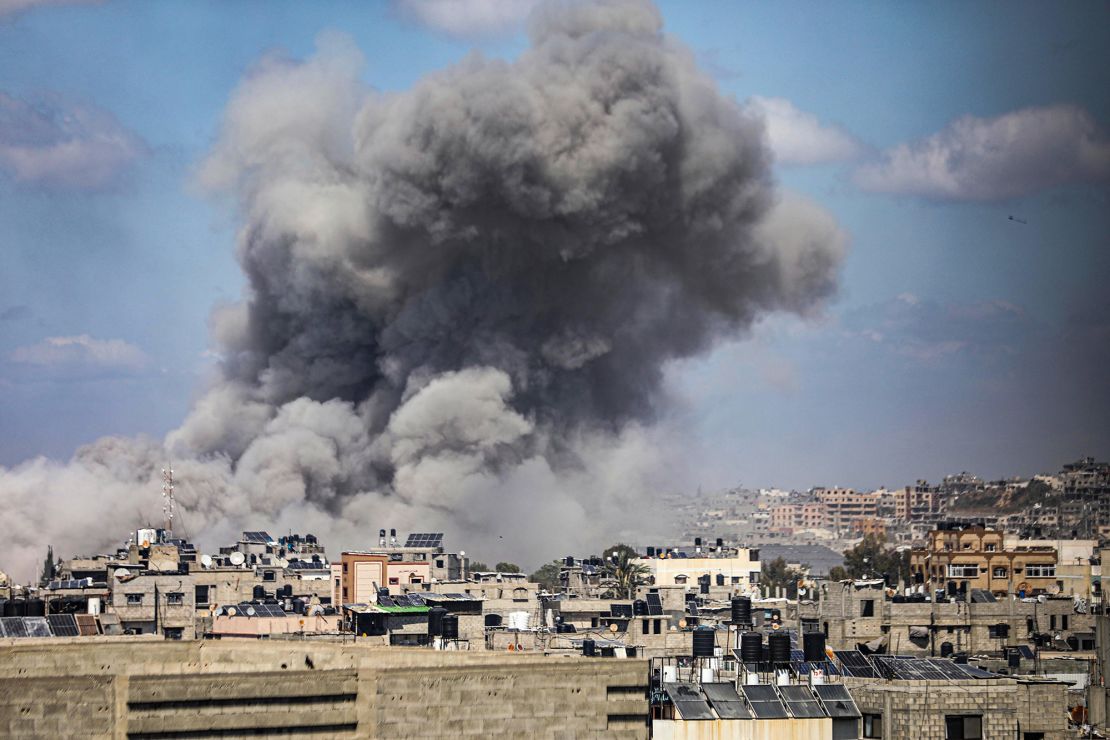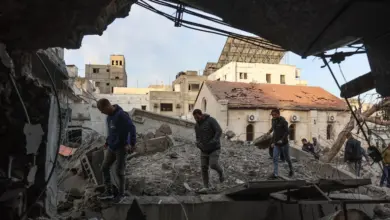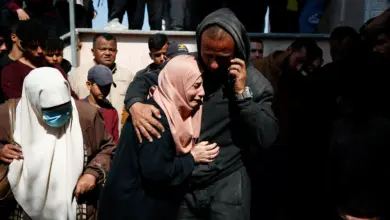
Editor’s Note: A version of this story appears in CNN’s Meanwhile in the Middle East newsletter, a three-times-a-week look inside the region’s biggest stories. Sign up here.
The Israeli military has renewed its fighting in northern Gaza where it previously claimed to have dismantled Hamas’ command structure. But it now says the Palestinian militant group is trying to “reassemble” in the area, raising doubts about whether Israel’s goal to eradicate the group in the enclave is realistic.
Israel’s renewed ground operation began on Saturday, with intense shelling and gunfire gripping much of the Jabalya refugee camp in northern Gaza. The Israeli military also began operating in the area of Zeitoun in central Gaza, as it continues its offensive in eastern Rafah and near the Rafah crossing with Egypt.
Israel’s return to pockets it had supposedly cleared of Hamas renews questions about its long-term military strategy, which after more than seven months of war has left more than 35,000 Palestinians dead and much of Gaza in ruins – but more than 100 hostages from Israel still in captivity and Hamas’ top leadership still at large.
The resumption in fighting in the north comes as talks aimed at reaching a ceasefire-for-hostages deal have stalled, and as the Biden administration signals that the United States is losing patience with its closest ally in the Middle East.
Over the weekend, US Secretary of State Antony Blinken gave a scathing assessment of Israel’s conduct in the war. In an interview on Sunday with CBS News, Blinken said any initial success in Israel’s invasion of the southern Gaza city of Rafah – which Washington has strongly opposed – is “not sustainable.” The top diplomat criticized Israel for neither having a “credible plan to protect civilians,” nor a post-war plan for Gaza.
“We’re seeing parts of Gaza that Israel has cleared of Hamas, where Hamas is coming back, including in the north, including in Khan Younis,” Blinken said, adding that a ground offensive in Rafah will leave Israel “holding the bag on an enduring insurgency because a lot of armed Hamas will be left no matter what they do in Rafah.”
“Or if they (Israel) leave and get out of Gaza as we believe they need to do, then you’re going to have a vacuum and a vacuum that’s likely to be filled by chaos by anarchy, and ultimately by Hamas again.”

Some Israeli experts say that Netanyahu’s current war strategy, which is aimed at the complete destruction of Hamas in Gaza, is flawed and unrealistic as it lacks a long-term vision.
“Israel’s strategy is not a good one,” said Danny Orbach, a military historian at the Hebrew University of Jerusalem. The tactic of endless clearing and degrading of Hamas’ capabilities while avoiding the responsibility of governing Gaza will not work, he said.
Netanyahu has previously said Israel will have the “overall security responsibility” in Gaza for an “indefinite period” after the war ends, a position that is at odds with that of the US.
With no viable alternative government in place, Netanyahu “as usual decides not to decide,” Orbach said, adding that the ongoing strategy of “clearing and degrading” allows the prime minister to avoid making difficult decisions about post-war Gaza, while preventing Hamas from re-emerging as strong as it was before October 7.
The Israeli leader is yet to present a post-war plan for the enclave. The US has pushed for a reformed Palestinian Authority (PA) to rule Gaza, which Netanyahu has repeatedly rejected. The PA is a government-in-waiting for a future independent Palestinian state it seeks in the occupied West Bank, occupied East Jerusalem and Gaza as part of a two-state solution to the Palestinian-Israeli conflict.
Netanyahu has repeatedly said the military is on track to eliminate Hamas, and in an interview with Dr. Phil on Friday claimed that 14,000 Hamas fighters have so far been killed. Israel estimated Gaza to have 30,000 fighters before October 7.
CNN cannot independently verify the figures provided by either the Palestinian health ministry or Israel due to reporting restrictions on international media.
Former and current Israeli officials, including a top military figure, have sounded alarms at the direction Israel is heading with its war.
Israel Defense Forces (IDF) Chief of Staff Major General Herzi Halevi over the weekend reportedly criticized Netanyahu’s strategy. “As long as there is no political move that will bring forth a governing body other than Hamas in the strip, we will have to operate again and again there and in other places to dismantle the Hamas infrastructure,” Israel’s Channel 13 cited Halevi as saying. “It will be a Sisyphean task,” he said, suggesting that it may never be accomplished.
Senior IDF officials have urged the prime minister to make decisions and formulate a strategy for the war, Channel 13 added.
Israel’s former head of military intelligence, Tamir Hayman, has also urged Israel’s leadership to strike a hostage deal that includes an indefinite ceasefire and work with a reformed Palestinian Authority to restore order in Gaza.
Hayman, who now heads the Institute for National Security Studies (INSS) in Tel Aviv, told CNN earlier that Israel risks falling into a perpetual war of attrition, where there is “endless friction” with its neighbors. A prolonged war, he said, risks either leaving Gaza under Hamas rule or at the mercy of a power vacuum where various armed groups may compete for authority.
Others say the re-emergence of Hamas “pockets” is not unusual, and that the Israeli military will have to keep re-entering areas in Gaza until no more fighters emerge.
“This process will happen again and again,” Amir Aviv, former deputy commander of the Gaza Division of Israel’s military, told CNN, until all “pockets of resistance” are removed.
The former deputy commander believes it is possible to eradicate Hamas though. “Gaza is not endless, it is not so big,” he said. “(Israel) has reached the last stronghold (Rafah), and now Hamas is with their backs to the wall.”
CNN’s Abdul Qader Sabbah in Jabalya, Abeer Salman, Kareem Khadder, Tim Lister, Kevin Liptak and Eugenia Yosef contributed reporting.




